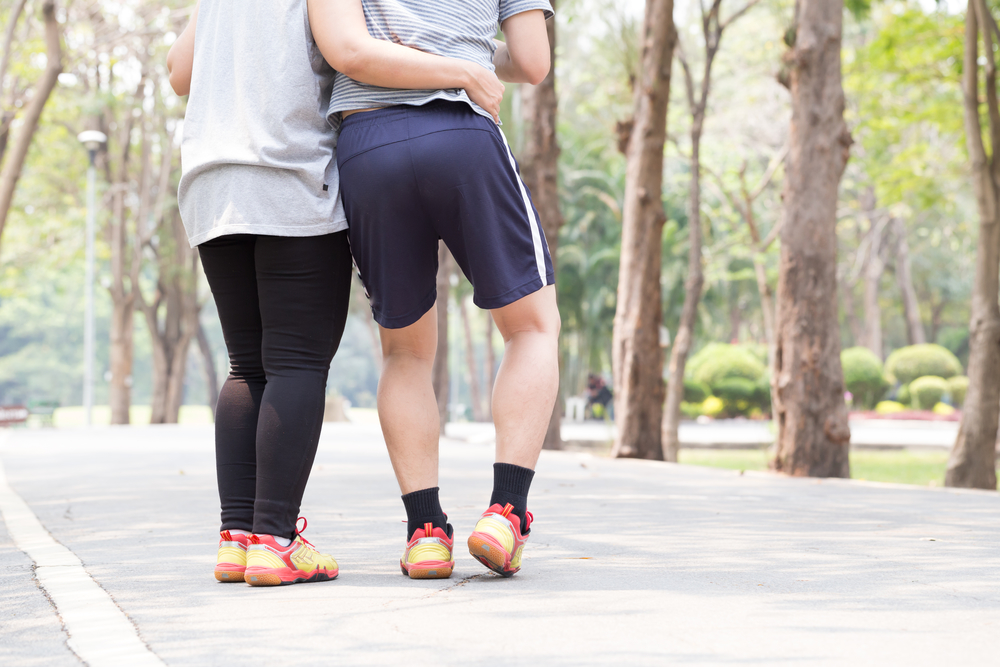Hip Bursitis is the most common cause of hip pain. Generally, it is a non-infectious condition caused by the inflammation of closed fluid-filled sacs called bursae. A major indication of hip bursitis is sharp pain at the hip, which usually extends through the thigh area. Normally, the pain is worse at night.
There are two types of hip bursitis: trochanteric bursitis that causes a dull, burning pain in the outer hip, frequently made worse by stair climbing and excessive walking; and ischial bursitis that causes a dull pain in the upper buttock area and occurs when climbing uphill and during prolonged sitting or squatting.
Occasionally, hip bursitis is diagnosed by a comprehensive physical examination to the tender areas at the hip. Additional tests such as X-ray, MRI, and bone scanning are performed to rule out other possible conditions or injuries.
Initial treatment for hip bursitis doesn’t require surgery; a person suffering from bursitis can experience relief with modification of activities and simple lifestyle changes, such as avoiding activities that might worsen the condition. If symptoms persist, anaesthetic and non-steroidal anti-inflammatory drugs (NSAIDs) are used to control the pain and inflammation. Surgery is only done when bursae remain inflamed. Removal of the bursae does not affect the hip.
Hip bursitis can be prevented by avoiding activities that make the bursa inflammation worse. Avoid monotonous activities that put pressure on the hips. Stretching exercises, weight reduction, and wearing properly fitted shoes are advisable to patients with hip bursitis. Maintain flexibility and strength of the hip muscles. Physical-therapy programmes can help too.










